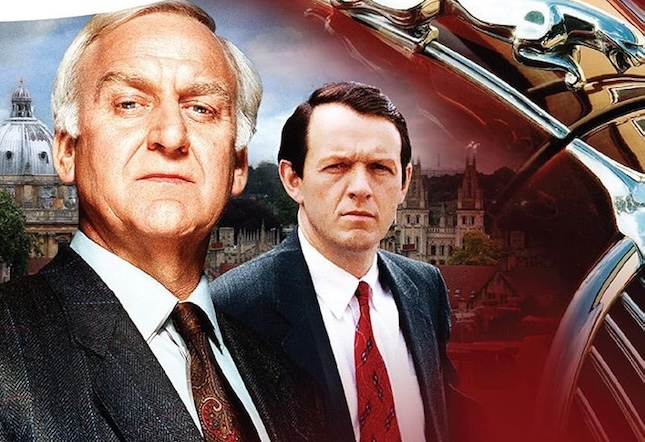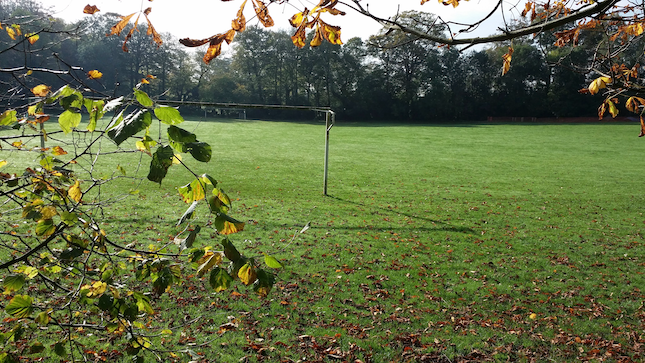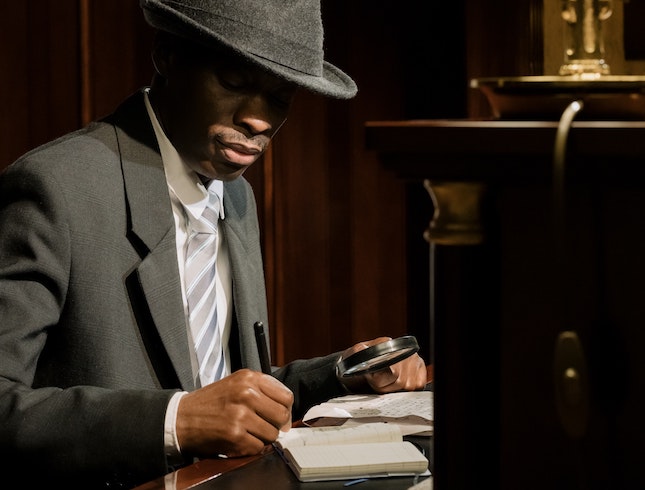Why Mystery Authors Have a Leg Up Mastering the Difficult Muddy Middle

The Muddy Middle Conquered
Mystery writers have a great advantage in conquering the muddy middle. In many genres, the vast middle, about 75 percent of the story, has main plot points—first pinch point, middle, second pinch point, etc.—but not much about how to write those 200 pages. What comes before the midpoint? What happens at the midpoint? What happens after the midpoint?
The middle becomes muddy because the story doesn’t progress. There’s one scene after another. The story becomes episodic—this happened and then that happened—without building stakes or heading toward a climax.
But mystery writers have guidelines for mastering the middle.
The First Half of the Middle – Expand
In the first half of the the middle, once your detective takes on the case, they need to gather information. Each piece of evidence, each suspect identified, each clue, each suspect interview expands your detective’s understanding of the victim’s world.
From the inciting incident up to the midpoint, your sleuth broadens their understanding of the victim.
This is the section where you introduce suspects, new characters for your reader to try to understand. Just like your detective, your reader wants to know more to try to identify the villain.
The Midpoint – A New Interpretation
At the midpoint, your detective has gathered a diverse array of information. Working on an assumption, they try to solve the mystery. But at the midpoint, your detective realizes that everything they thought so far, their interpretations of clues and events, is leading nowhere.
Here is where your keep your reader guessing by showing your detective stumped by everything they know so far. Your detective may feel like giving up.
But then they have some new insight: a what if, a reinterpretation of what a suspect did or said, a new piece of evidence. And that new insight sets them on a new discovery path.
The Second Half of the Middle – Contract
Now, in the second half of the middle, as your detective looks at things from a new perspective, they start on a path that contracts all the information. That contraction leads them toward unearthing the villain.
However, this path is filled with obstacles. A suspect may reverse what they said earlier. The most likely suspect, so far, now has a steadfast alibi that means they can’t be the villain.
And subplots cause more trouble. An opponent comes up with a big obstruction for your detective. A love interest leaves. A sidekick gets into trouble.
And whatever the obstacles, the stakes for your detective’s involvement get bigger. The stakes can be professional, emotional, psychological, or physical. Whatever the stakes, your detective is under threat.
In this part of the story, whatever the obstacles and stakes, your detective slowly narrows the field of who the killer could be.
You’ve led your reader up to the final act.
Your Guidelines for Conquering the Middle
When you keep the order for writing the middle of your novel—expansion, reversal, contraction—you have guidelines for the content of each part of the middle.
You time the discoveries your detective makes. Placing them in sequence. So, the first half of the middle is all about discovering new information. The second half of the middle is about discovering the misinterpretations and eliminating information that is not pertinent as your detective gets closer to the villain.
You create actions that fit the mystery sequence. You’ll make it easy for your reader to follow along and reward them with the type of story they want to read, a mystery.
Expand, Reverse, Contract
The middle is where you deliver on the story promise you made in the beginning.
Don’t let your mind rush ahead. The idea is to focus on the part of the story you are writing. In the first half, concentrate on adding new information. In the second half, concentrate on shifting your detective’s focus to reinterpret everything they have learned.
If you follow this simple formula, you’ll keep that big middle from being episodic or muddy, and lead your reader down the path to a great mystery story.
Photo by Roopak Ravi on Unsplash






